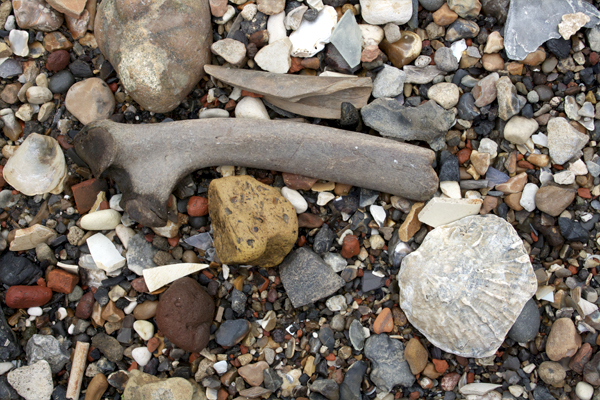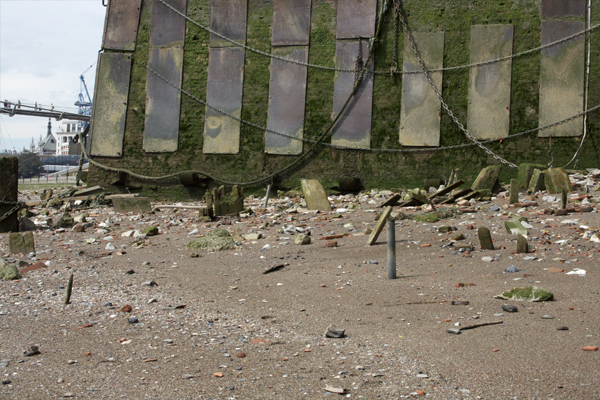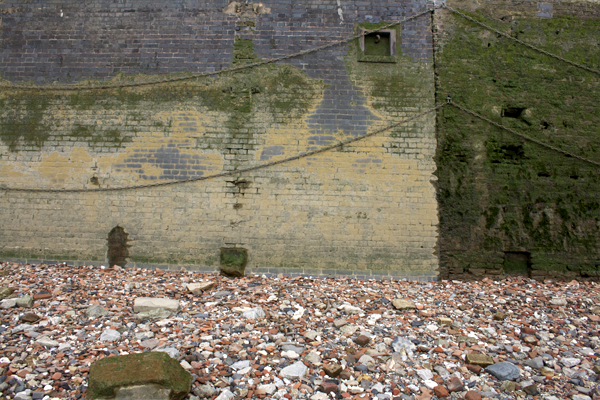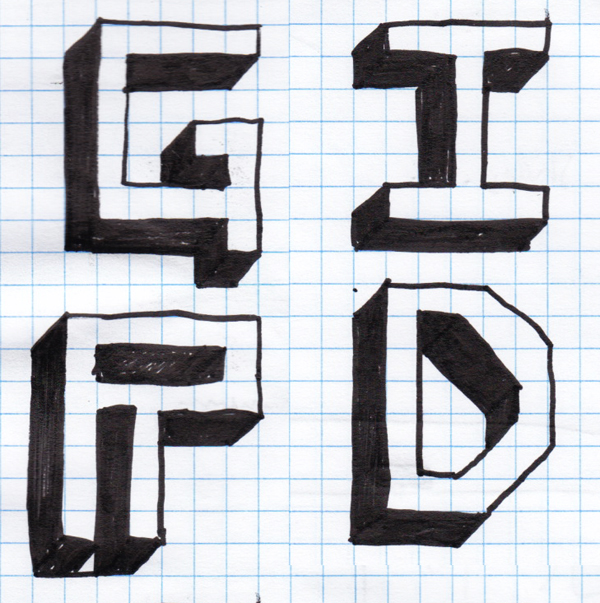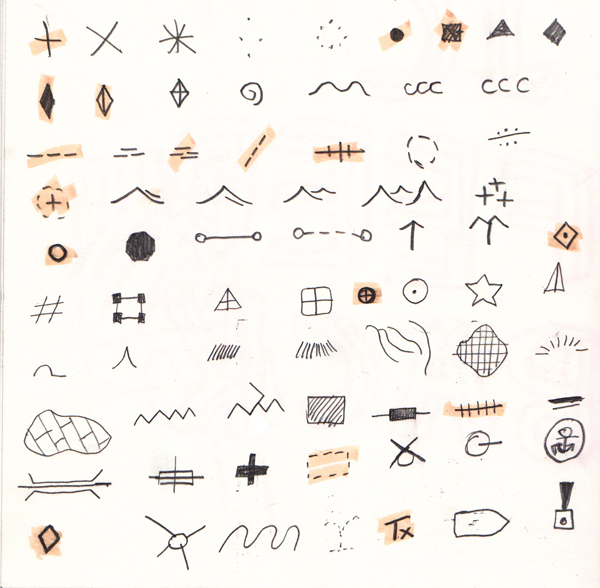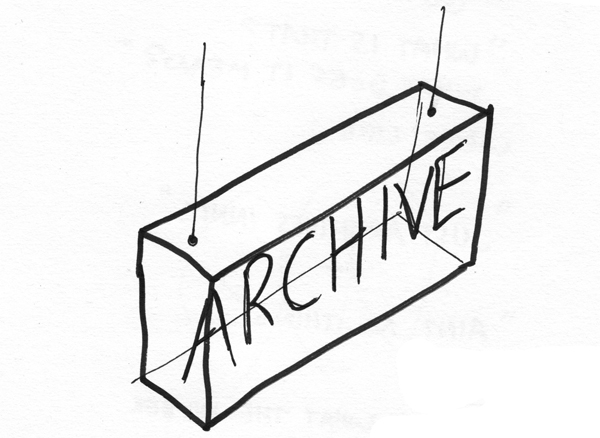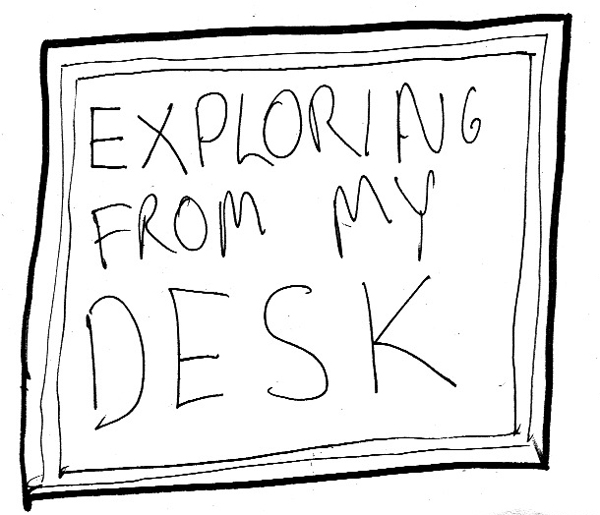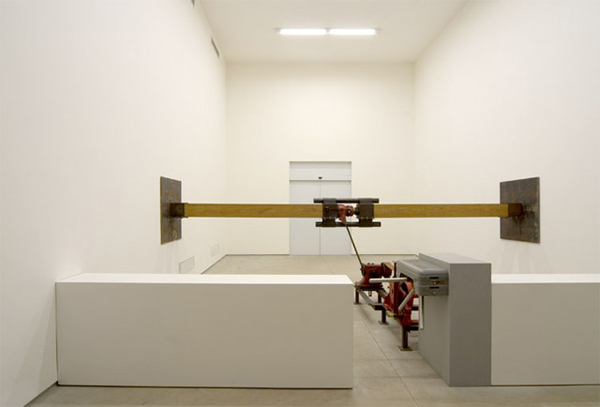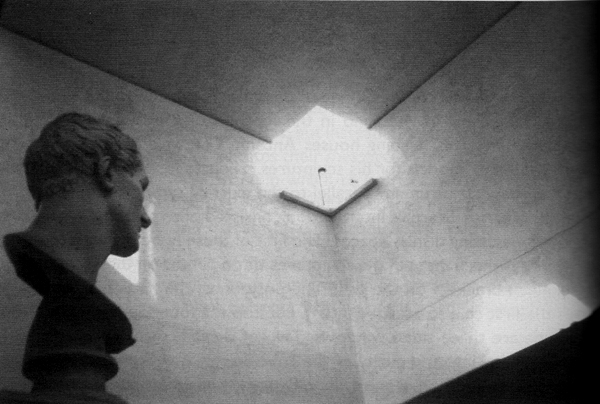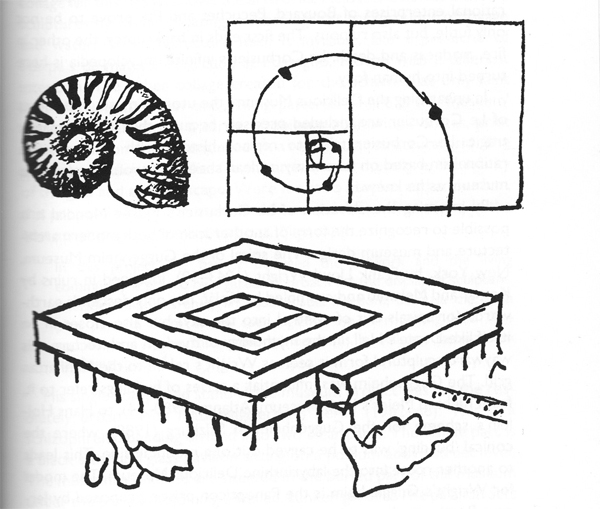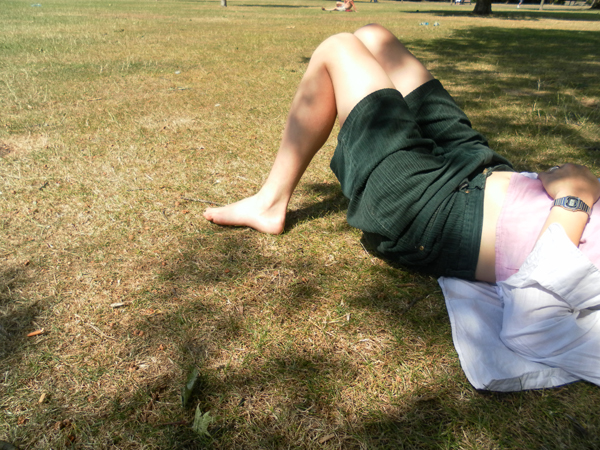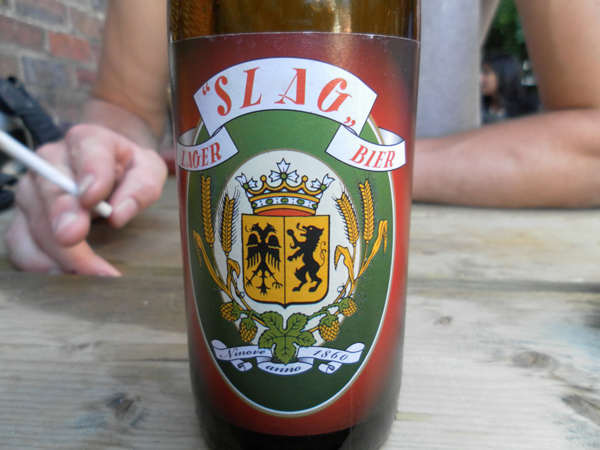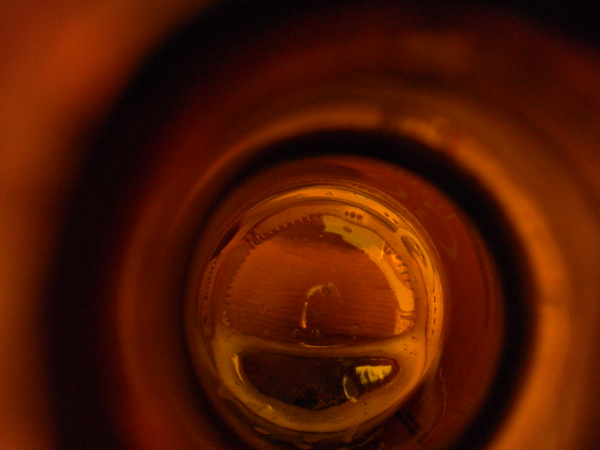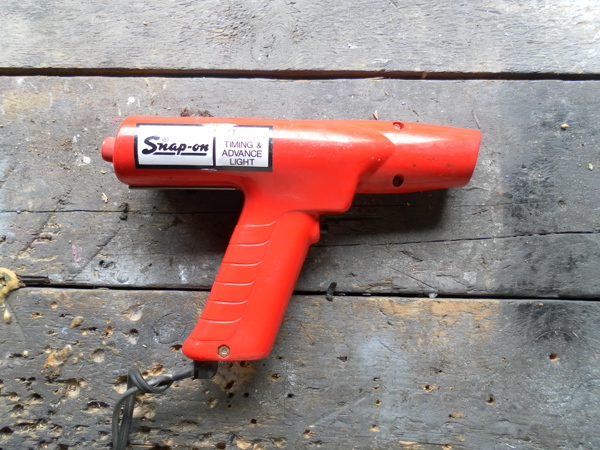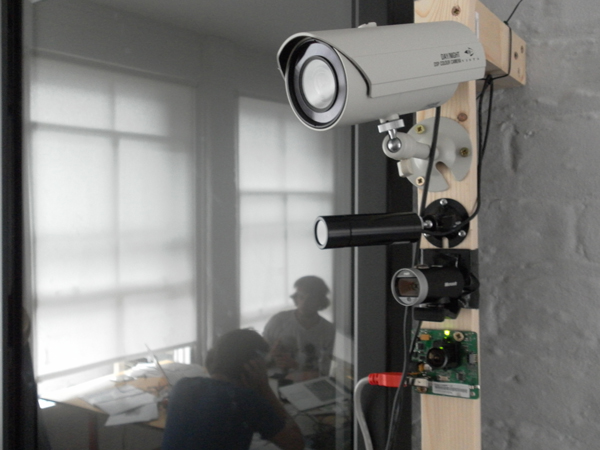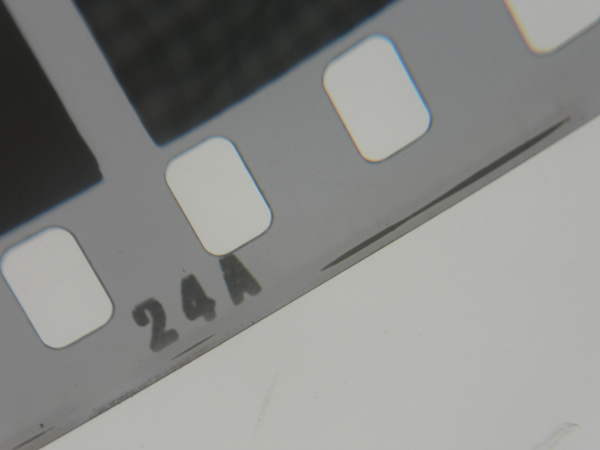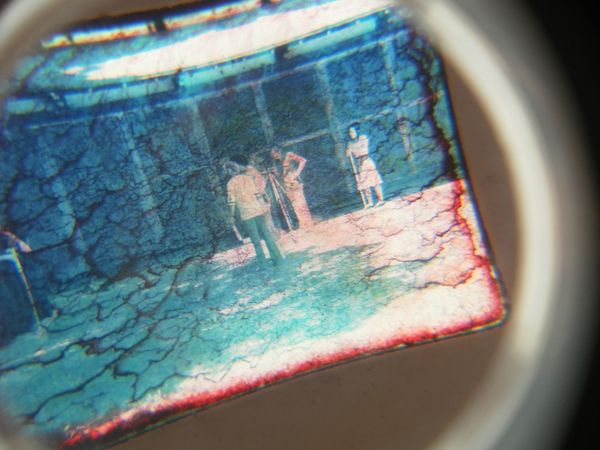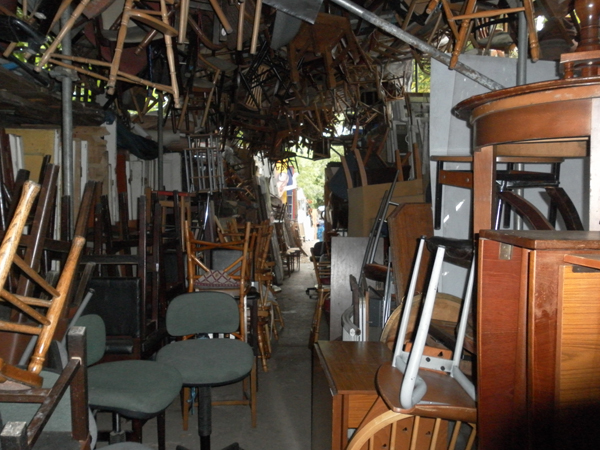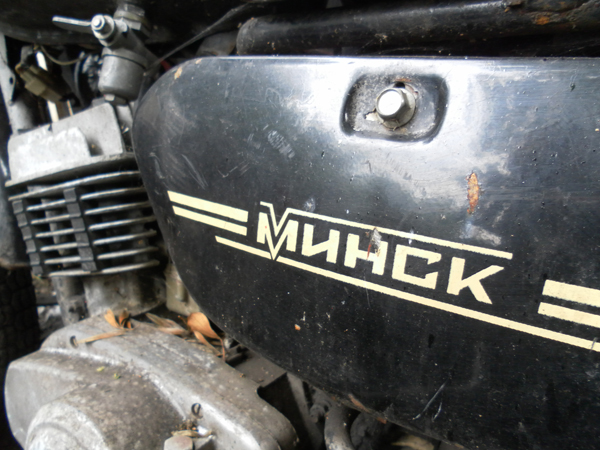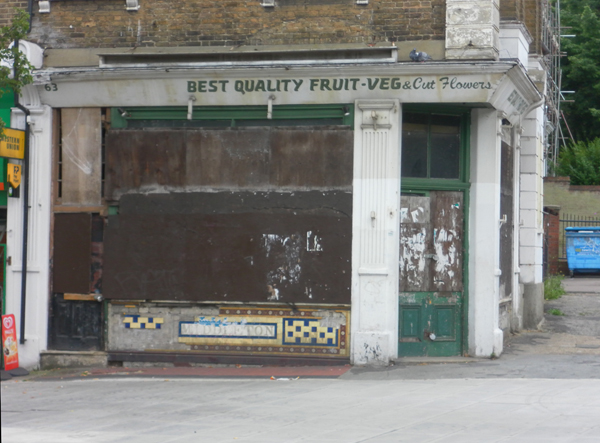Handmade is a series of three programmes from BBC Four that look at three master craftsmen and their processes. The key difference is that these programmes are slow. Very slow. As Director Ian Denyer explains: “The brief was brief: no words, no music, long, very long held shots I added my own restrictions – no shot less than ten seconds, and no movement of the camera.”
This makes for an unusual and absorbing hour and a half of TV. I find the pace, the craft, and the exclusive use of diegetic sound calming, cathartic and comforting. As someone who is something of a frustrated ‘maker’ I love watching people do what they’re good at. Seeing someone use a tool that they know so well that it’s a habit rather than a thought about action is thrilling and genuinely inspirational. (I get the same feeling of wanting to create things when I’m in Atlantis looking at sketchbooks and pens…)
Check all three out here.
The series blog is also worth a look for the voices of the craftspeople and an insight into how the series was made.





















